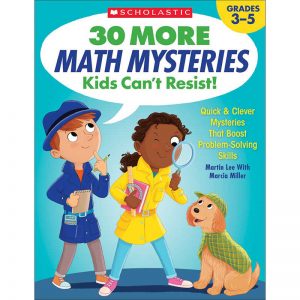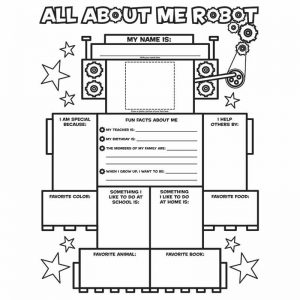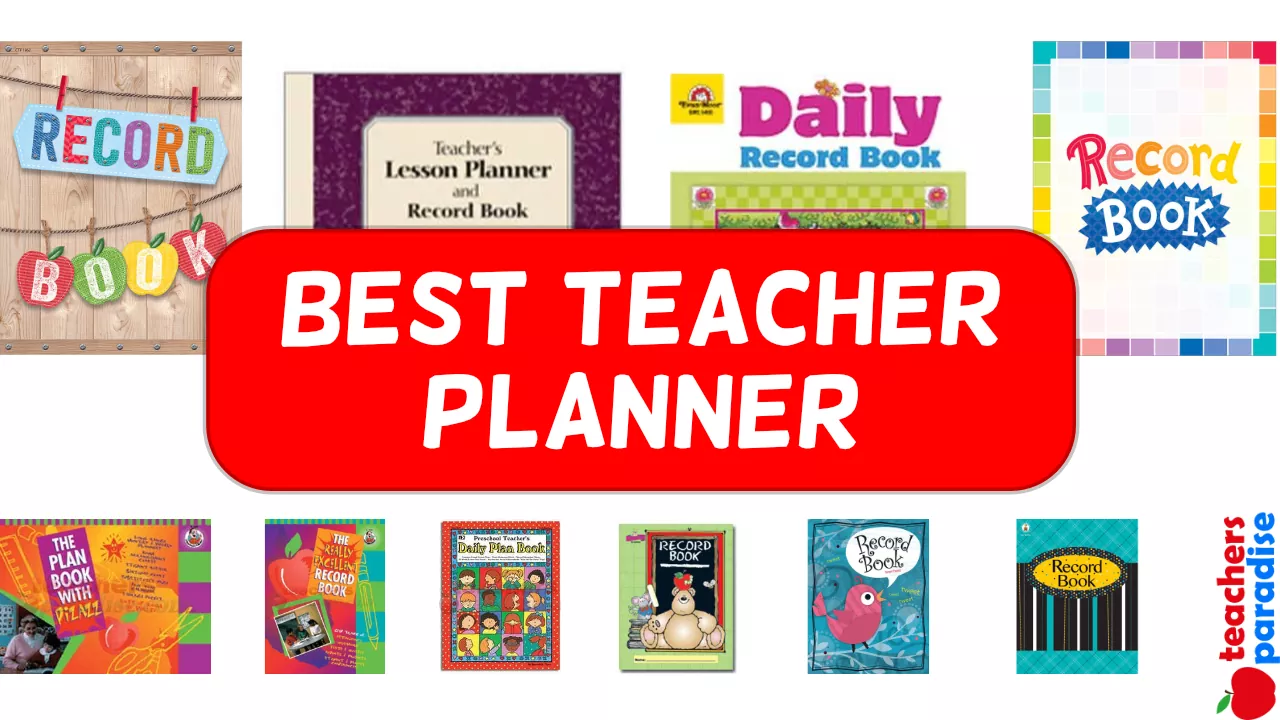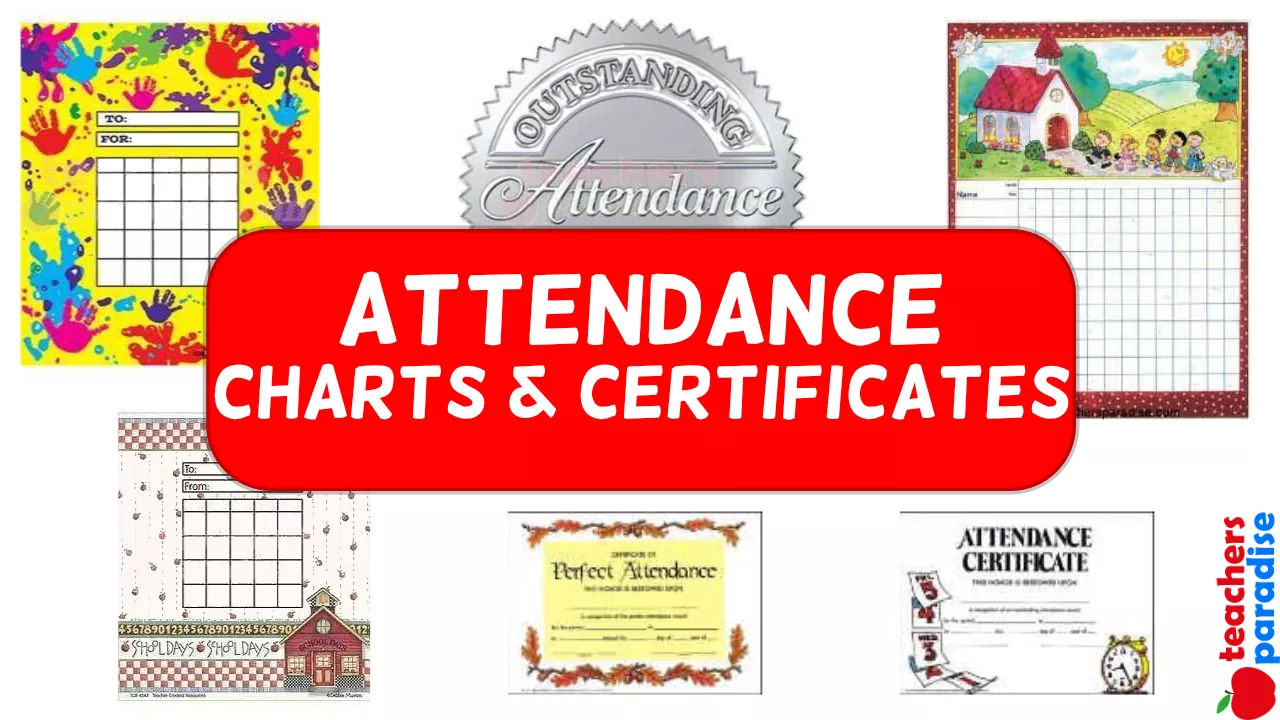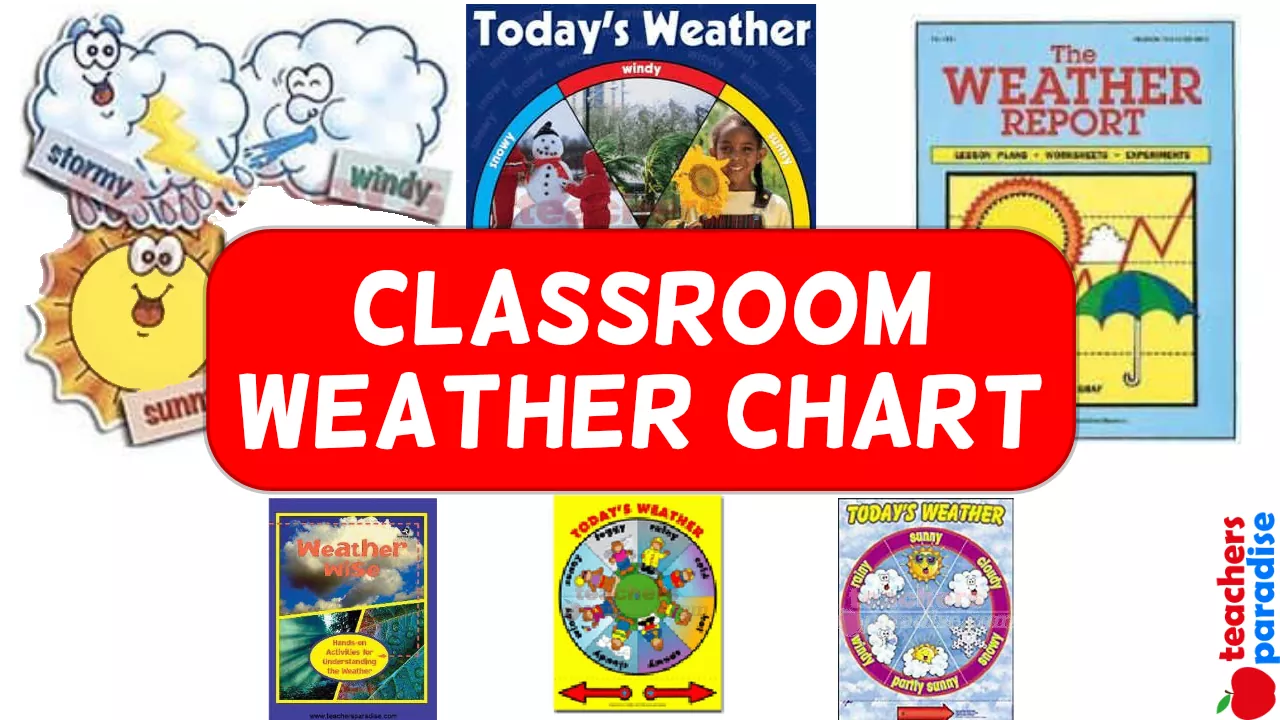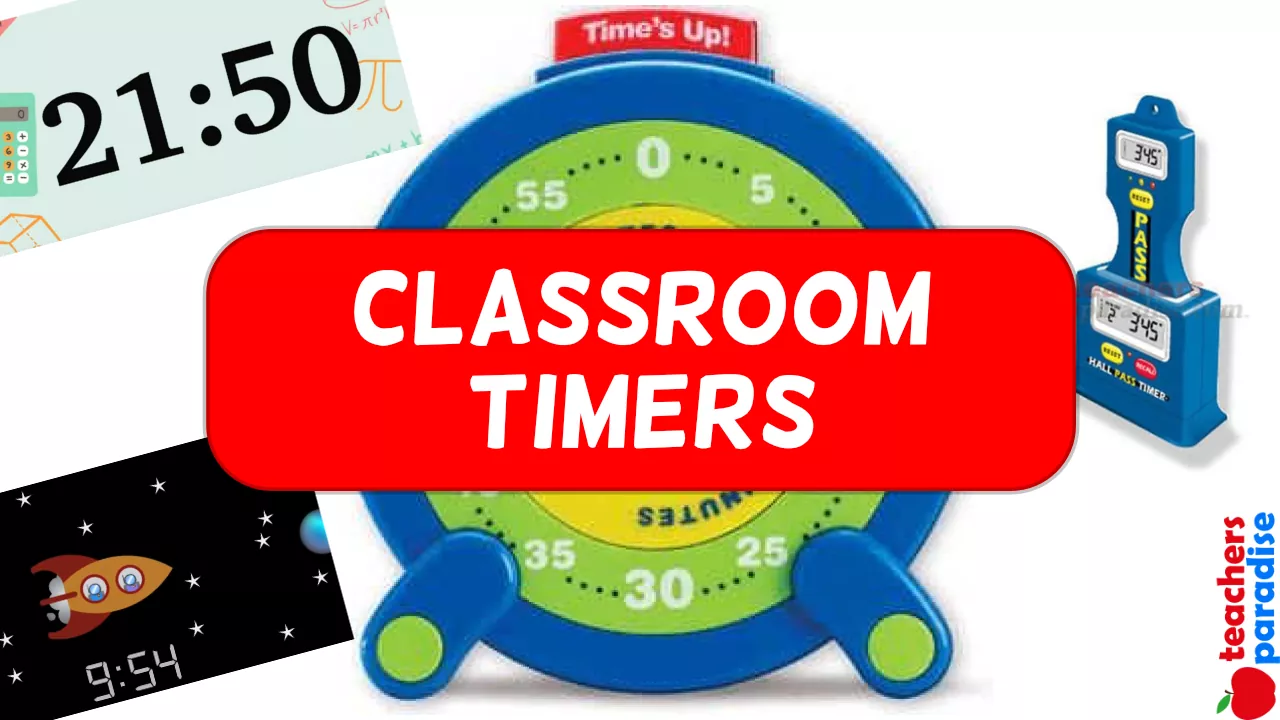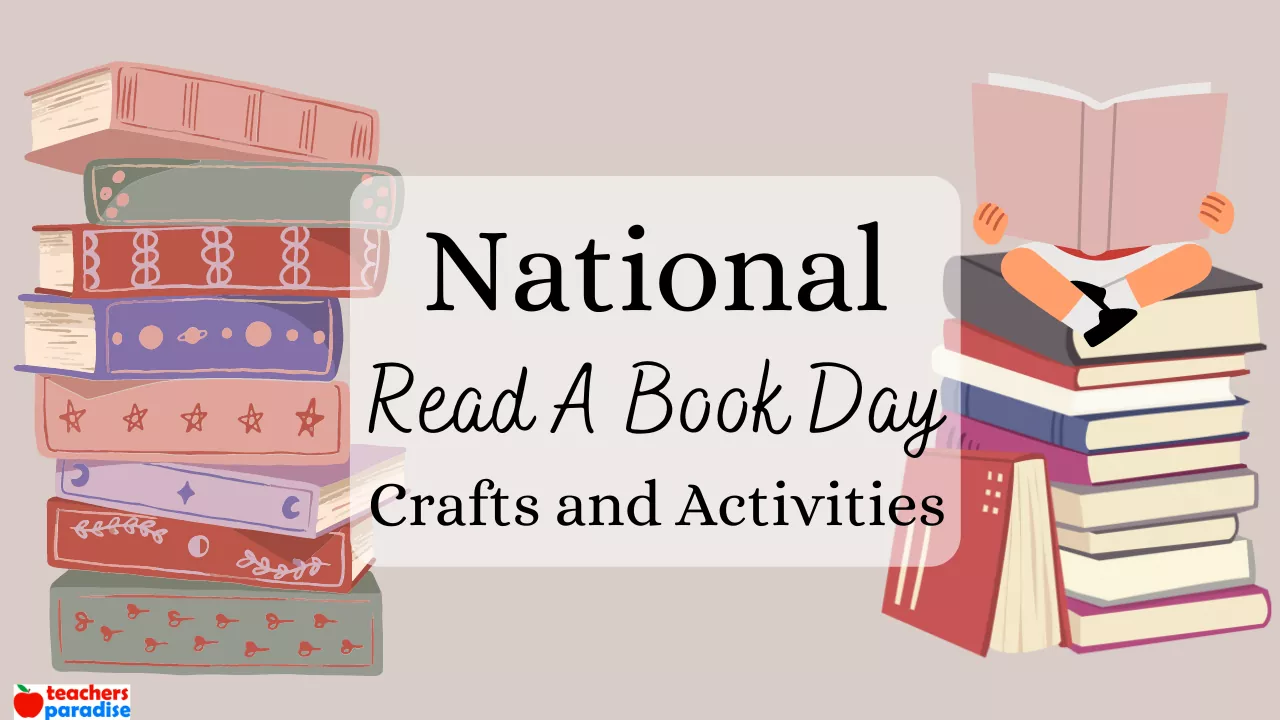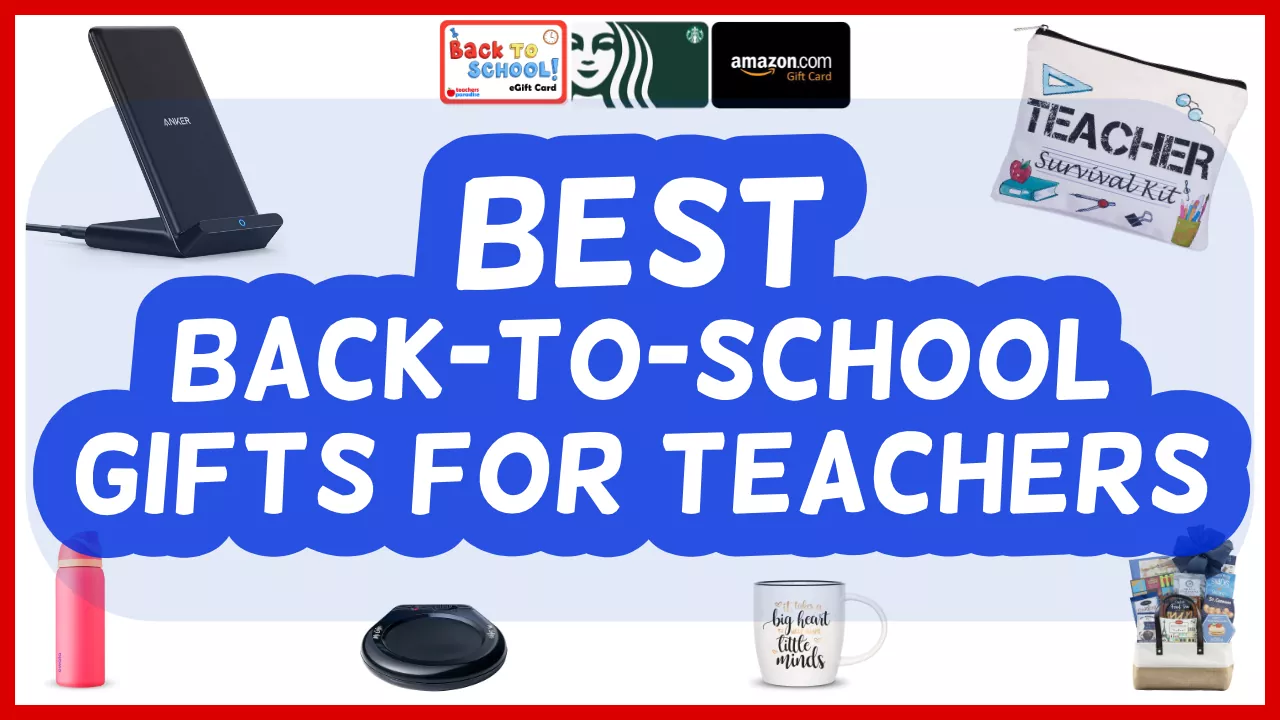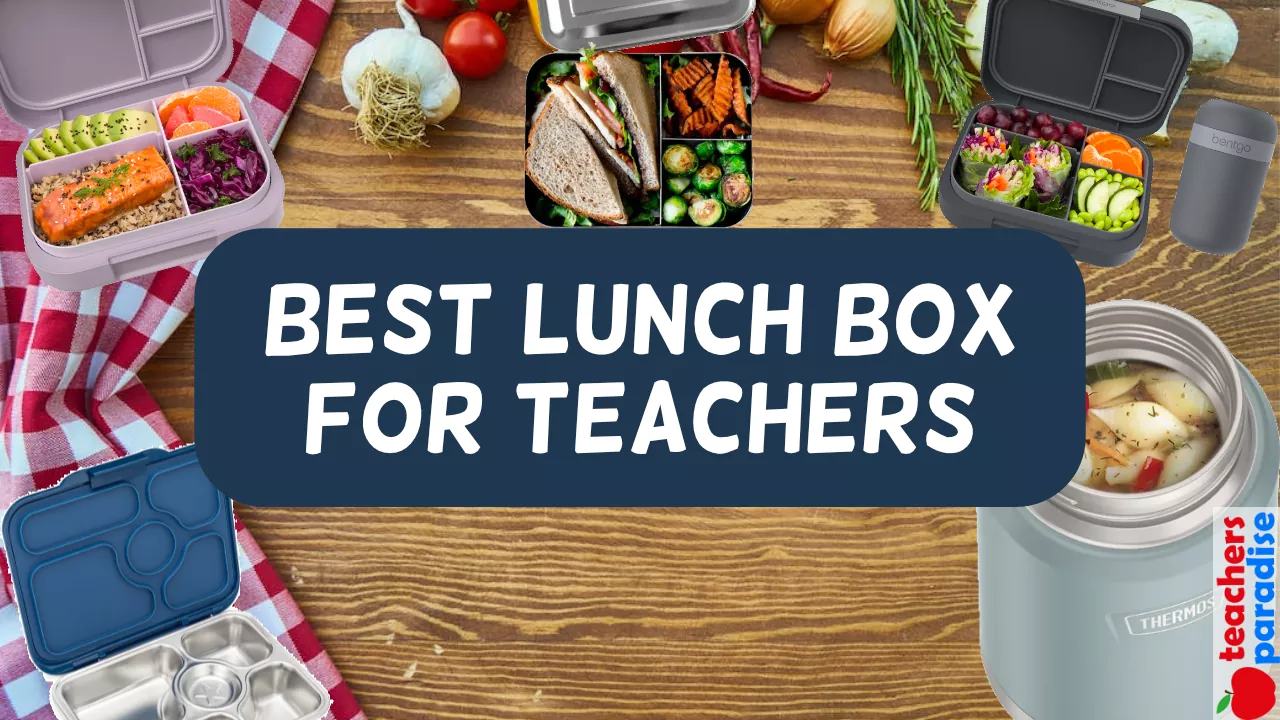Introduction Science Vocabulary Readers: Weather
Science touches on every aspect of our lives, and one of the most common ways we experience science is through the weather. Each of the six science books in this program focuses on a different weather-related theme and the vocabulary used to describe it. The books feature leveled text for beginning readers, colorful and appealing photographs, and a clear, simple design. Readers learn basic concepts, fascinating facts, and much more about weather conditions, floods, lightning, and storms such as blizzards, hurricanes, and tornadoes. The program is designed to make nonfiction accessible and engaging for young readers. The Science Vocabulary Readers include nonfiction elements such as a table of contents, chapters, picture captions and labels, boldface type, diagrams, glossaries, and special features such as Fast Facts.
WORKSHEET & Sample PDF Activity
Sample PDF Activity
The program is flexible and easy to use in the classroom. Among the helpful features are the following:
• a tiered storage box that makes the titles easily identifiable
• six copies of each book, allowing for both independent reading and group instruction
• this guide to support and enhance your teaching plans
• two student reproducibles for each title that review content and help develop reading comprehension and critical-thinking skills
With Science Vocabulary Readers, children will boost essential reading skills, build core science knowledge, acquire key science vocabulary, and apply what they learn to their own lives.
Using This Guide
You can use the Science Vocabulary Readers in a number of ways. To help you maximize children’s learning, this guide includes the following components:
What You’ll Find in the Guide
• information about using nonfiction text (page 4)
• strategies for teaching science vocabulary (page 6)
• a sample lesson (page 10) that you can use as a model for teaching each of the books
• four sample graphic organizers (page 11) that you can replicate to use with the books
• two student reproducibles for each book (pages 12-23) focusing on essential comprehension skills, content, and personal reading response
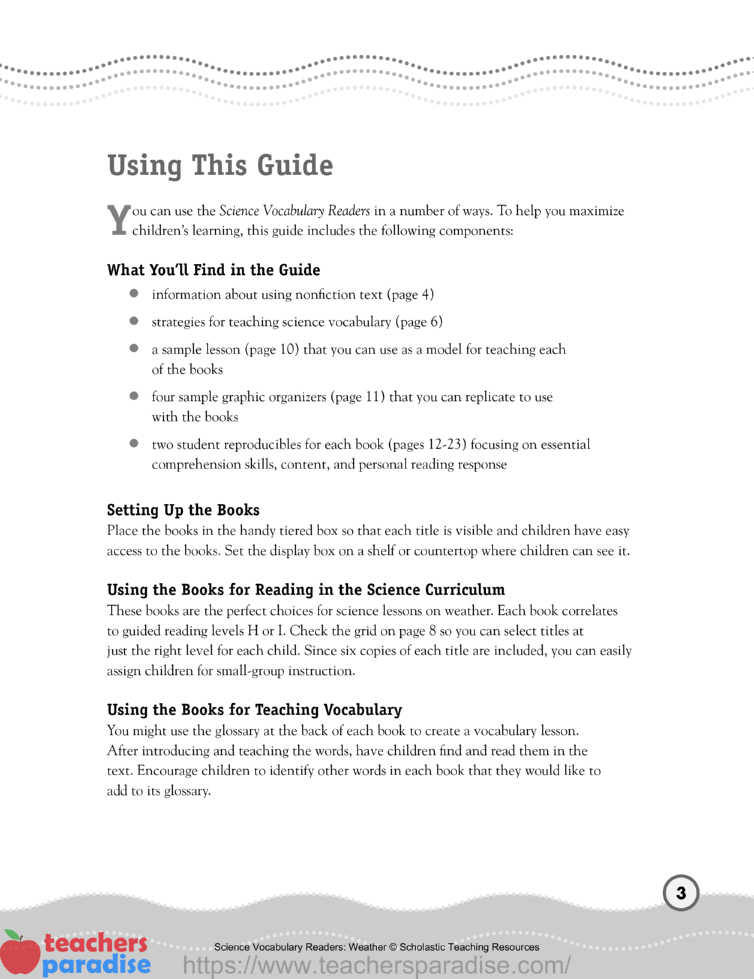
Setting Up the Books
Place the books in the handy tiered box so that each title is visible and children have easy access to the books. Set the display box on a shelf or countertop where children can see it.
Using the Books for Reading in the Science Curriculum
These books are the perfect choices for science lessons on weather. Each book correlates to guided reading levels H or I. Check the grid on page 8 so you can select titles at just the right level for each child. Since six copies of each title are included, you can easily assign children for small-group instruction.
Using the Books for Teaching Vocabulary
You might use the glossary at the back of each book to create a vocabulary lesson. After introducing and teaching the words, have children find and read them in the text. Encourage children to identify other words in each book that they would like to add to its glossary.
Using the Books for Independent Reading
These books also make good additions to your independent reading library. You might wish to place one copy of each book in a section of materials about weather. Invite children to browse through the books and choose one to read during independent reading time.
Using the Books for Teaching Nonfiction Text
The books provide excellent vehicles for teaching the genre of nonfiction. Read on for more about the benefits of this instruction.
Using Nonfiction
Ask yourself this: How many times a day do I read a piece of nonfiction? The answer is “often,” perhaps far more often than you realize. Nonfiction, or expository text, provides the reader with information. People encounter nonfiction in signs, advertisements, newspapers, magazines, instructions, recipes, manuals, lists of ingredients, and on the Internet.
If adults are bombarded with nonfiction material, so are children. Students, from the earliest grades on, must learn to read directions and signs. As they progress through school, they must learn to read content-area textbooks, reference materials, and other informative texts. And just as reading a story requires certain skills, so, too, does reading nonfiction.
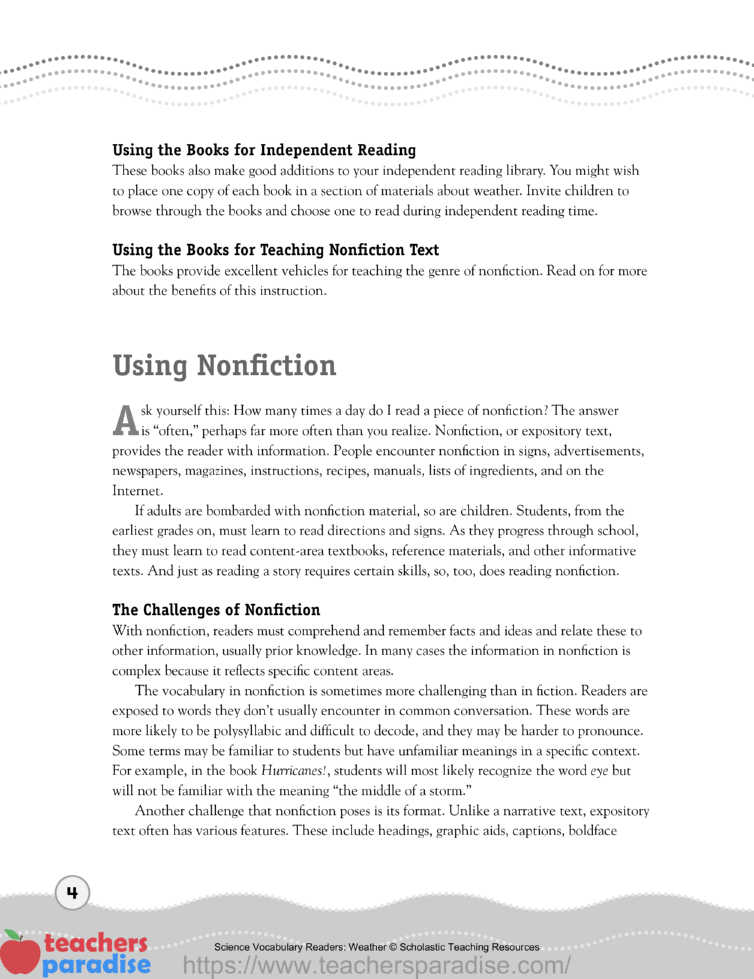
The Challenges of Nonfiction
With nonfiction, readers must comprehend and remember facts and ideas and relate these to other information, usually prior knowledge. In many cases the information in nonfiction is complex because it reflects specific content areas.
The vocabulary in nonfiction is sometimes more challenging than in fiction. Readers are exposed to words they don’t usually encounter in common conversation. These words are more likely to be polysyllabic and difficult to decode, and they may be harder to pronounce. Some terms may be familiar to students but have unfamiliar meanings in a specific context. For example, in the book Hurricanes!, students will most likely recognize the word eye but will not be familiar with the meaning “the middle of a storm.”
Another challenge that nonfiction poses is its format. Unlike a narrative text, expository text often has various features. These include headings, graphic aids, captions, boldface words, pronunciations, and sidebars. Some students become distracted by these features and, as a result, their reading is interrupted by them.
The Benefits of Nonfiction
Although nonfiction poses challenges to developing readers, it provides important benefits as well:
• A comfort level with nonfiction helps students navigate standardized tests. Most tests require students to read both fiction and nonfiction passages. Often, students are asked to make comparisons. Students who have had instruction in nonfiction materials have a definite advantage.
• Nonfiction increases world knowledge. Students find a large body of useful information as they read expository texts. Many children like to become “experts” in a topic and enjoy learning and sharing unusual facts.
• Nonfiction builds vocabulary. Language is a form of power, and as students read nonfiction, they acquire a vocabulary related to the topic. Words from the Science Vocabulary Readers such as funnel, levee, bolt, evacuate, and whiteout expand students’ ability to communicate in specialized areas. Mastery of these words and the concepts they represent helps build student confidence, as well.
• Academic achievement is strengthened when students can navigate nonfiction texts. As students move to higher grades, they encounter more and more expository materials. Repeated exposure to such texts provides a foundation that helps students master subjects more easily.
Nonfiction Features in Science Vocabulary Readers
You’ll find the following features in the Science Vocabulary Readers:
• Chapters and chapter titles. Explain that these titles usually identify or summarize the content of a chapter.
• Clear and colorful photographs. Illustrative material such as this is important to nonfiction because it supports the text and helps readers understand what is being conveyed. Many of the photographs have captions, which add to the information, or labels, which help clarify the illustrations. In some places, arrows are used to guide readers.
• Boldface words. These “highlighted” words indicate the specialized vocabulary used in the text. Explain to children that they should pay attention to these words because they are important to the book subject.
• A glossary. This helpful feature contains the boldface words that appear in each book. Tell children that a glossary is a kind of dictionary that gives the meaning and pronunciation of important words in the text.
• Fast Facts. These focus on interesting and fun facts about the topic and will help children learn to navigate different kinds of text within one book.
Tips for Teaching Nonfiction
You might want to model prereading strategies using any nonfiction material. By doing this, you will build children’s skills in navigating nonfiction text. For example:
• Preview a chapter in one of the Science Vocabulary Readers. Read aloud the title and any headings. Guide students in scanning the text before reading it. Point out boldface words.
• Identify nonfiction features such as photographs, captions, labels, and Fast Facts. Point out how these provide additional information to the text. Talk about how this information fits in with the text.
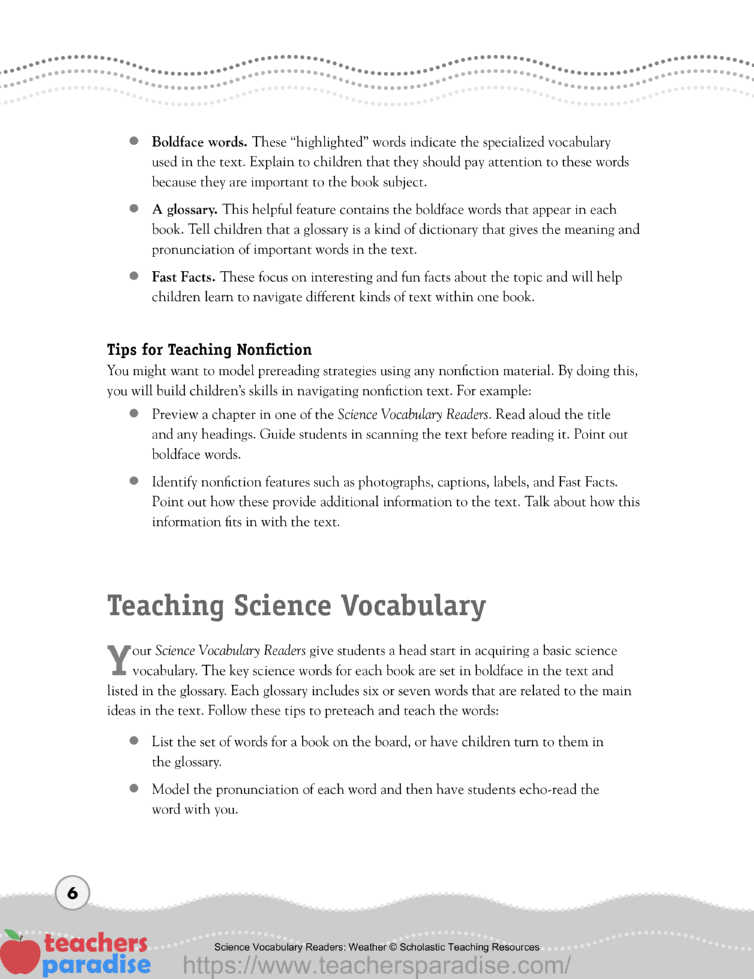
Teaching Science Vocabulary
Your Science Vocabulary Readers give students a head start in acquiring a basic science vocabulary. The key science words for each book are set in boldface in the text and listed in the glossary. Each glossary includes six or seven words that are related to the main ideas in the text. Follow these tips to preteach and teach the words:
• List the set of words for a book on the board, or have children turn to them in the glossary.
• Model the pronunciation of each word and then have students echo-read the word with you.
• Read and discuss the meaning of the words, one at a time. Give a sample sentence using the word.
• Use a visual, such as a photograph in the book, to make the word concrete.
• Provide synonyms, antonyms, word histories, or other information about the word.
• Help students relate the word to their background knowledge. Encourage them to use the word in a sentence of their own. Create and distribute copies of a Vocabulary Chart (page 11) for students to complete.
• Have children locate the word in the book’s text and read the sentence in which it appears.
• Make it a point to expose children to the word many times and in different situations. For example, you might have children complete cloze sentences, match words with their definitions, and give examples of what the word illustrates and what it does not.
• Have students keep a Science Word Journal in which they enter words from the Science Vocabulary Readers as they encounter them. Encourage students to use their journals to illustrate the words; write sentences or stories using the words; add related words; form plurals or other inflected endings; and write synonyms, antonyms, and homographs.
• Create a Word Wall using the words from the Science Vocabulary Readers and other science words that students learn during the year.
Tip!
More Science Words As you preview the books before introducing them to children, you might want to note other science words that are unfamiliar to students. Include these in your vocabulary lessons.
Book Levels and Features
You can use this chart to see at a glance the important information about each book.
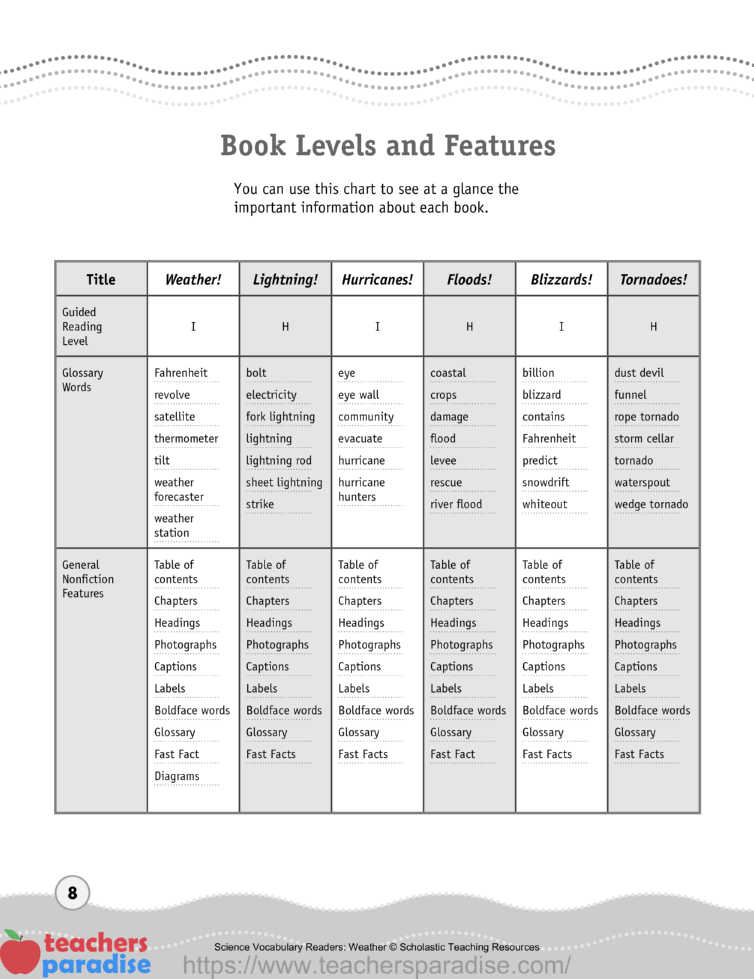
Table of Contents
Introduction – 2
Using This Guide – 3
Using Nonfiction – 4
Teaching Science Vocabulary – 6
Book Levels and Features – 8
Teaching With the Science
Vocabulary Readers – 9
Sample Lesson: Lightning! – 10
Using Graphic Organizers – 11
Weather! Student Reproducibles
Today’s Weather (Describing) – 12
What Happens and Why (Cause and Effect) – 13
Lightning! Student Reproducibles
Lightning Facts (Factual Recall) – 14
Solve It (Problem and Solution) – 15
Hurricanes! Student Reproducibles
Hurricane Quiz (True and False) – 16
Hurricane Riddles (Comparing) – 17
Floods! Student Reproducibles
Focus on Floods (Main Idea and Details) – 18
Flood Story (Writing) – 19
Blizzards! Student Reproducibles
Compound-Word Puzzle (Vocabulary Development) – 20
Get Ready (Categorizing Before and After) – 21
Tornadoes! Student Reproducibles
What Am I? (Factual Recall) – 22
If . . . Then . . . (Predicting Outcomes) – 23
Answers – 23
Science Vocabulary Readers: Weather
ISBN-13: 978-0-545-01598-1
ISBN-10: 0-545-01598-7

